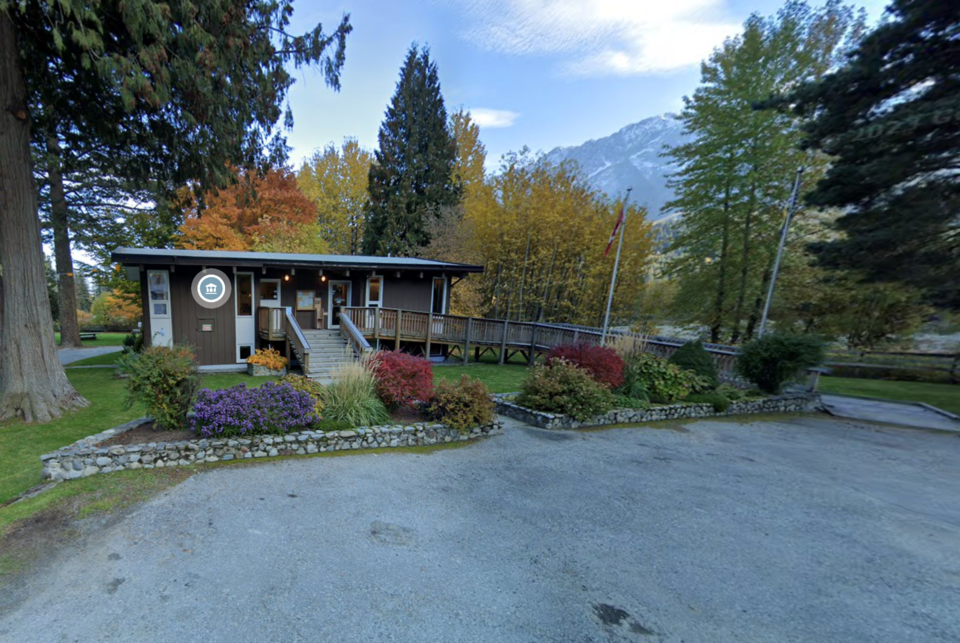Pemberton’s mayor and council received their first look at the Village’s Accessibility and Inclusion Plan during a committee of the whole meeting on Nov. 19.
The plan aligns with the Accessible British Columbia Act, which establishes a framework for municipalities to “identify, remove, and prevent barriers to accessibility.” Barriers obstruct “full and equal participation” and can come from “environments, attitudes, practices, policies, information, communications or technology.”
The first order of business in the plan relates to education training for internal biases held by staff and issues with municipal structures. The main floor of the municipality’s office space isn’t accessible, which creates a barrier to employing those with mobility devices or trouble using stairs.
Input from the community so far includes advice to make physical infrastructure and the municipality’s website accessible.
The plan was developed by the Recreation Department and a consultant for the plan is funded by a grant from the Disability Alliance of BC (DABC). It will apply to the Village of Pemberton and Pemberton and District Library, and an accessibility and inclusion committee made up of people with lived experiences informs the policies.
Feedback for the plan is welcome on the Village’s website or by emailing pemrecinfo@pemberton.ca.
The plan will be a living document that evolves over the years, and depending on chosen priorities, the budget will fluctuate. It will impact all parts of the village, from the built environment to hiring practices.
Parking, housing bylaws get first readings
Council also gave first three readings to a parking and traffic control amendment bylaw on Nov. 19. The amendment came to the table because snow clearing is challenging under the bylaw as it currently stands. The revised bylaw could put winter parking restrictions in effect for 24 hours per day along the side of the road with even-numbered addresses.
The original bylaw restricted winter parking from 9 p.m. to 9 a.m., seven days a week from Nov. 15 to March 31 on the side of the road with even-numbered addresses. However, snow clearing often carries on past the start of the workday, and with many people working from home, more people are leaving their vehicles parked on the street.
Council also gave first three readings for zoning amendments needed for housing projects created through the Housing Accelerator Fund. The zoning amendments focused on details impacting small-scale multi-unit housing (SSMUH), increasing density and permitting housing on public lands, as well as changes to off-street parking and parking area design.
SSMUH discussion centred around concerns that increasing density would impact the “character” of some neighbourhoods, increase parking needs and potentially reduce green space. To ensure neighbourhoods don’t end up with little green space left on lots, units can only take up 40 per cent of the lot. Staff’s analysis showed most lots could have additional units built and still stay within 40 per cent coverage.
Discussion about housing on public lands centred around concerns over potentially losing green space. However, council would still have input should an owner of public lands, like a school district, decide to develop part of the space for housing.
Lastly, zoning for off-street parking could be reduced and so too will the size of parking spaces which can create “barriers to housing development,” according to the planning report.




